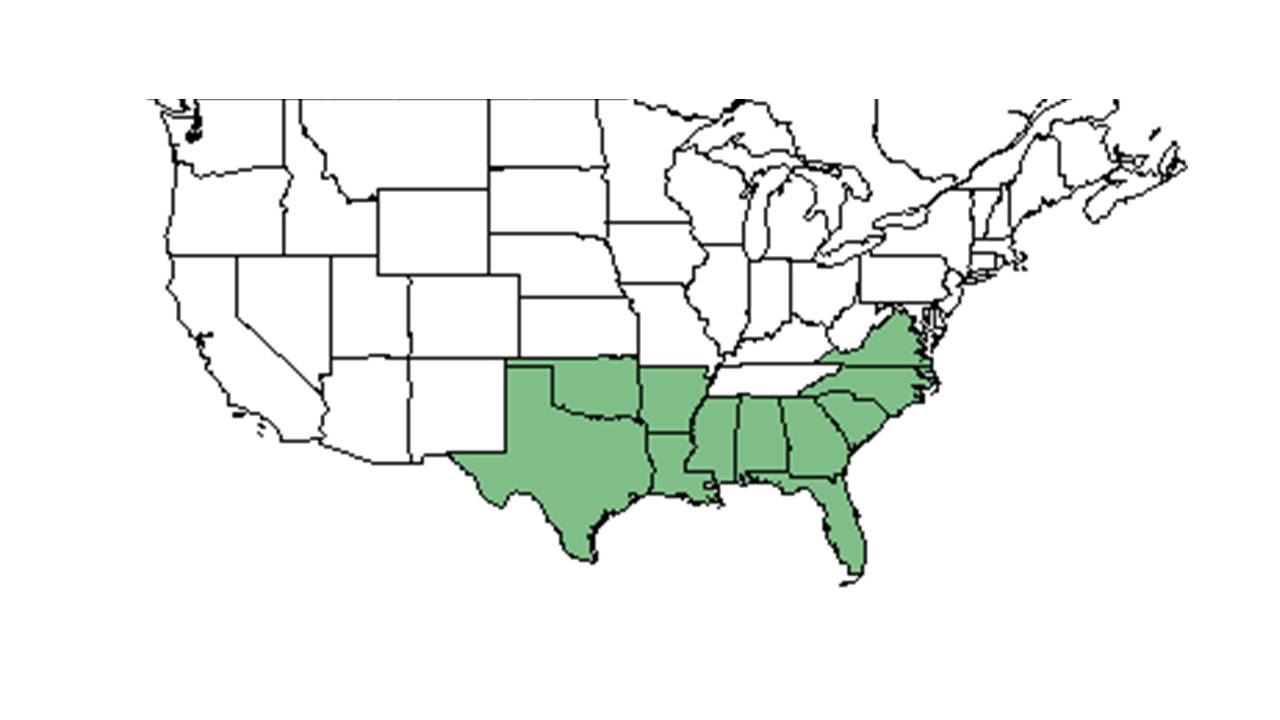Difference between revisions of "Viola villosa"
KatieMccoy (talk | contribs) |
KatieMccoy (talk | contribs) |
||
| Line 26: | Line 26: | ||
==Ecology== | ==Ecology== | ||
===Habitat=== <!--Natural communities, human disturbed habitats, topography, hydrology, soils, light, fire regime requirements for removal of competition, etc.--> | ===Habitat=== <!--Natural communities, human disturbed habitats, topography, hydrology, soils, light, fire regime requirements for removal of competition, etc.--> | ||
| + | In the Coastal Plain in Florida and Georgia, ''V. villosa'' has been found in sandy soil in a semi-open area under oak and pine; upper slopes bordering a small stream; open pine woodlands; sandy loam under mature loblolly pines; sandy loam in short leaf pine (FSU Herbarium). It has been found in disturbed habitats such as centipede lawns, cemeteries, and roadsides. It is associated with ''Viola esculenta'' (FSU Herbarium). | ||
| + | |||
===Phenology=== <!--Timing off flowering, fruiting, seed dispersal, and environmental triggers. Cite PanFlora website if appropriate: http://www.gilnelson.com/PanFlora/ --> | ===Phenology=== <!--Timing off flowering, fruiting, seed dispersal, and environmental triggers. Cite PanFlora website if appropriate: http://www.gilnelson.com/PanFlora/ --> | ||
===Seed dispersal=== | ===Seed dispersal=== | ||
Revision as of 13:53, 15 October 2015
| Viola villosa | |
|---|---|
Error creating thumbnail: Unable to save thumbnail to destination
| |
| Scientific classification | |
| Kingdom: | Plantae |
| Division: | Magnoliophyta – Flowering plants |
| Class: | Magnoliopsida – Dicotyledons |
| Order: | Violales |
| Family: | Violaceae |
| Genus: | Viola |
| Species: | V. villosa |
| Binomial name | |
| Viola villosa Walter | |

| |
| Natural range of Viola villosa from USDA NRCS Plants Database. | |
Common name: Carolina violet
Contents
Taxonomic notes
Description
Distribution
Ecology
Habitat
In the Coastal Plain in Florida and Georgia, V. villosa has been found in sandy soil in a semi-open area under oak and pine; upper slopes bordering a small stream; open pine woodlands; sandy loam under mature loblolly pines; sandy loam in short leaf pine (FSU Herbarium). It has been found in disturbed habitats such as centipede lawns, cemeteries, and roadsides. It is associated with Viola esculenta (FSU Herbarium).